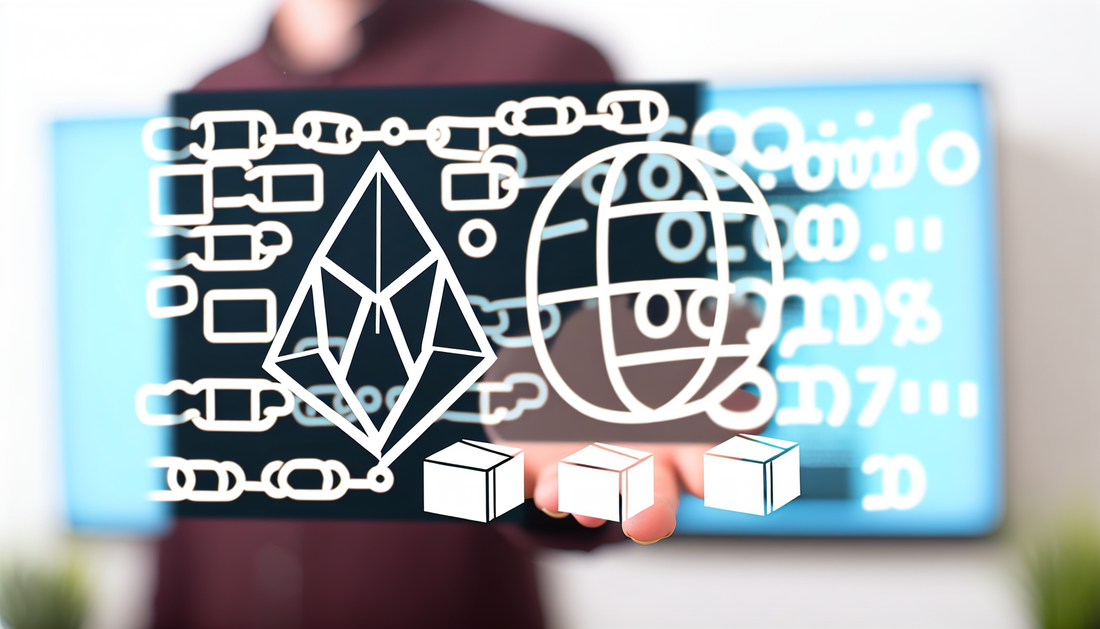
EOS Governance: Revolutionizing Blockchain Decision-Making
Share
Understanding EOS Governance: A Unique Approach in the Crypto World
EOS, a prominent player in the blockchain space, is known for its unique approach to governance. Unlike many cryptocurrencies that rely solely on traditional proof-of-work consensus mechanisms, EOS introduced a Delegated Proof of Stake (DPoS) model, aiming to enhance scalability and reduce transaction times. But what makes EOS governance distinctive, and how does it compare with other systems?
The DPoS Model: A Closer Look
At the heart of EOS governance is the Delegated Proof of Stake model. In this system, EOS token holders elect 21 block producers who are responsible for validating transactions and maintaining the network. This is a significant shift from other mechanisms like proof-of-work, where miners compete to solve complex equations. With DPoS, the power is placed squarely in the hands of token holders, granting them a proportional voting right based on the amount of tokens they hold.
The election of block producers under this model offers several advantages. It encourages transparency and accountability, as block producers can be voted out if they fail to perform their duties. However, there are also criticisms, such as the potential for centralization, given that only a small number of block producers control the network's operations.
The Role of Token Holders
Token holders in the EOS network have a pivotal role in governance through their voting power. They can vote on protocol upgrades, elect block producers, and even influence the development direction of the blockchain. This democratic aspect aligns with the broader ethos of decentralization in the blockchain world, although it relies on active participation and engagement from the community.
However, this model also raises questions about voter apathy and the disproportionate influence of whales—by which we mean large holders of EOS tokens. When only a minority of holders participate in voting, or a few entities hold a large portion of tokens, it challenges the decentralization narrative. This concern isn't unique to EOS and can be observed in other decentralized autonomous organizations (DAOs) as well, such as [RDAO](https://bestdapps.com/blogs/news/rdao-redefining-governance-in-decentralized-finance).
Governance Challenges
The EOS governance system, while innovative, faces challenges akin to any blockchain trying to balance efficiency with decentralization. Some argue that EOS governance may lead to an oligarchy if a few entities continuously dominate block producer elections due to their extensive token holdings. Similar challenges are seen in the [PEPE token governance](https://bestdapps.com/blogs/news/decoding-pepe-governance-in-crypto-unveiled).
Overall, while EOS brings significant innovation to blockchain governance, its approach is a work in progress. It illustrates an ongoing experiment in balancing decentralization with the practicalities of running a large-scale, efficient blockchain network, much like the efforts seen in projects such as [Celer Network](https://bestdapps.com/blogs/news/celer-network-transforming-blockchain-applications).
